Charging your many different devices can become inconvenient when you’re using wired chargers. Tangled-up cords, worn-out plugs, and bent wires are some of the most common problems with wired chargers. That’s why in recent years, many people have switched to using Qi wireless charging. It’s simpler and more convenient with a lot of possible applications. Thanks to this and the numerous development strides in recent years, it slowly became mainstream. But you might be asking, “Is my phone Qi-enabled?”
If you want to take advantage of the benefits of Qi charging, you’ve come to the right place. Here’s exactly what you need to know about Qi-enabled phones.
Also read: Best Wireless Charging Phones
Inside This Article
- What Is Wireless Charging?
- How Wireless Charging Works
- What is Qi?
- The Ups and Downs of Qi Charging
- How to Check: Is My Phone Qi-Enabled?
- How to Use Qi Charging
- Common Qi Charging Problems
- Alternative to Qi Charging: Wireless Charging Adapters
What Is Wireless Charging?
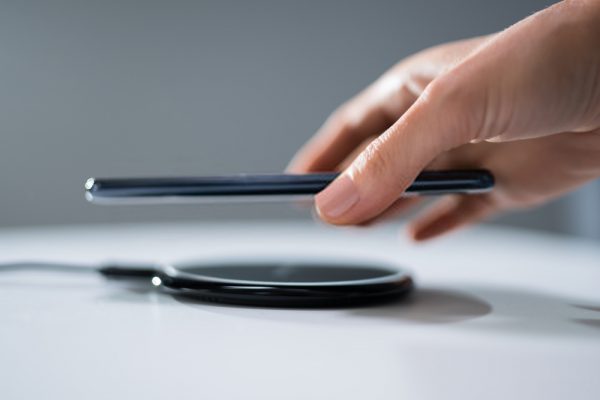
As the name implies, wireless charging means you can charge your devices without the need for a wire. A wireless charging pad allows people to charge their electronics, be it their phones or smartwatches, through either close proximity or physical contact.
How Wireless Charging Works
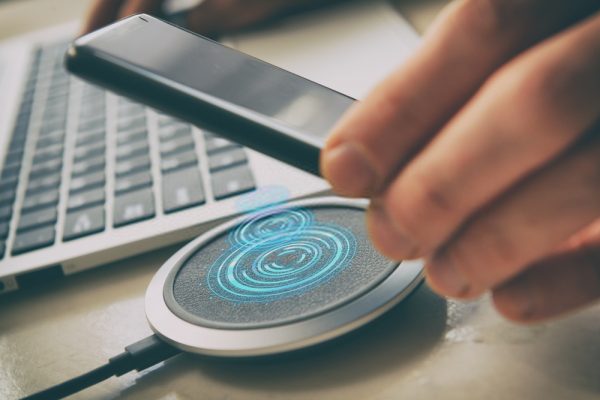
Before we answer the question, “Is my phone Qi-enabled?” let’s first understand how wireless charging works. Within wireless charging systems, there are two coils that create a magnetic field. Through these coils, you can transfer power from one device to another over the air. The first coil — the transmitter — is typically the one in the charging pad. Your second coil — the receiver — is the coil inside your phone. This receiver is what makes the difference between phones with wireless charging and phones without wireless charging.
The concept of wireless charging includes two charging systems, with the first being “inductive charging”. This method transmits electricity through the air by way of a magnetic field, although the transmitter and the receiver have to be tightly coupled to transfer power. Ideally, the distance between them should be less than 7 mm to transfer power efficiently.
The second system is called “resonant charging”. This second type has a more complicated structure and allows for less efficient power transfers. However, the benefit of resonant charging is the ability to charge coils that are further away. They don’t need to be as close together compared to the inductive charging system. Both coils only need loose coupling and they should have the same resonant frequency.
What Is Qi?
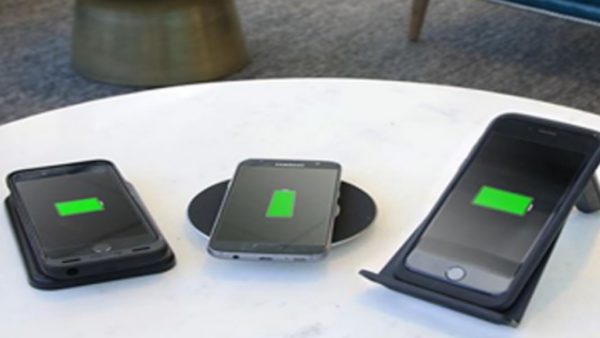
Is my phone Qi-enabled? You may be asking the same question, but let’s first talk about Qi too. What is Qi supposed to mean? The word Qi (pronounced “chee”) takes its origins from a Chinese word that means “air energy flow”. It was originally developed by the Wireless Power Consortium (WPC) in 2008. There are more than one wireless charging technologies available in the market. However, Qi is by far the most ubiquitous. Most smartphone manufacturers prefer it — including Apple.
Since Qi was published very early, it became a frontrunner in the wireless charging industry. Many manufacturers had time to produce chips that can act as a shortcut for charging stations. What does that mean? Well, since you could easily buy these chips off the shelf, phone manufacturers didn’t have to make these chips themselves. That drove down the cost of developing Qi-enabled phones.
Additionally, Qi had smaller components compared to other wireless charging standards, so it fit manufacturers’ interests. The Qi standard also primarily used inductive charging although, in 2014, the Qi 1.2 standard included resonant charging as well. This made backward compatibility possible with future Qi chargers. Due to all of these factors, Qi became the most highly preferred standard by most companies. As expected, they eventually bought these chips and created their own Qi-enabled phones. Early adopters included Android manufacturers like LG, HTC, and Nokia way back in 2012.
The Ups and Downs of Qi Charging
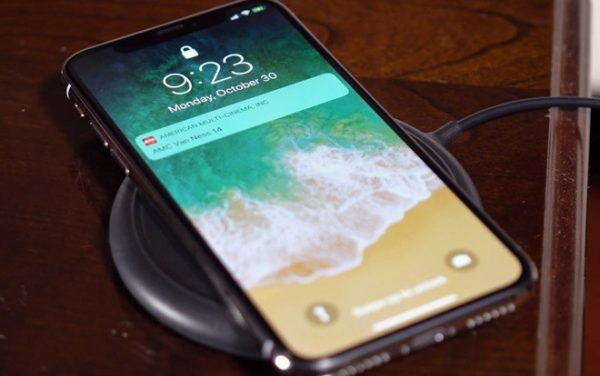
It’s safe to say that wireless charging is here to stay and will continue to exist in future phones. However, there are a few downsides to using wireless charging. Of course, there are still many benefits. Thus, you should prepare to face the disadvantages if you’re going to switch to wireless charging.
Advantages
While there are many drawbacks to using wireless charging, there are many more advantages to the technology. We’ve listed just a few that might make you consider switching to wireless charging.
1. Less Clutter

One of the most obvious advantages of wireless charging is that it reduces clutter. Sure, wires have served us well in the past and even in the present. However, there’s no getting around the fact that it’s just so much clutter. There are wires for your laptop, your phone, maybe your smartwatch, and earphones. The switch to wireless technology enables you to live a clutter-free lifestyle and have a clean working space.
2. No Wire Damage
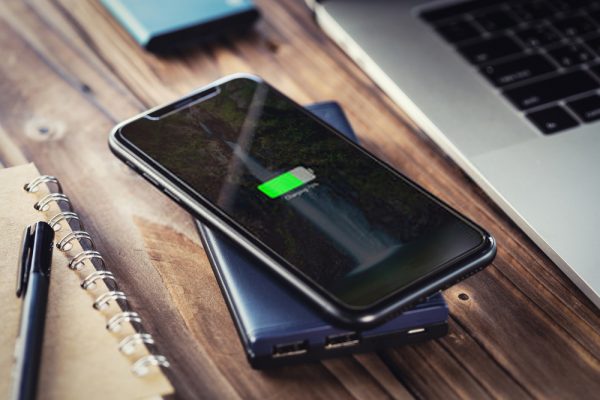
Apart from this, wires also take damage over time. Most people have experienced this and perhaps even you have. Wired chargers can sometimes stop working after plugging and unplugging them a few thousand times. There’s also the issue of chargers bending and then breaking while you charge them. Wireless charging takes your mind off this issue if you place your charging pad in a good position.
3. Simplicity and Convenience
Another benefit of using wireless charging technology is that it’s so simple. You just place your phone and go, which is way more convenient. Plus, more devices have wireless charging capabilities nowadays. We have desks, mousepads, cars, and more that have wireless charging built-in. Thanks to these innovations, you can charge phones, smartwatches, and more by just placing them on your desk.
4. Cross-Compatibility
Lastly, using wireless charging enables you to have cross-compatible chargers. If you have both a Samsung phone and an iPhone, you’d know that it’s a headache to switch between USB-C chargers and lightning. However, because Qi is the industry standard for wireless charging, you can charge both your iPhone and Samsung phone on a single Qi charger. This means you won’t have to buy different chargers for different devices anymore. You can even charge smartwatches on a wireless charging pad. It’s a lot more convenient this way and it’s also less expensive since you don’t need to buy different chargers. Plus, it makes your workspace even less cluttered when you only need one charger.
Disadvantages
Of course, there are many advantages to wireless charging. However, you’d have to live with a few disadvantages to the new technology. Here are a few that might deter you from making the switch:
1. Charging Time
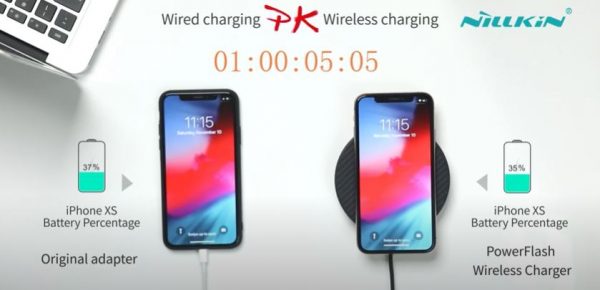
While wireless charging is convenient, it’s also a lot slower than wired charging. As of writing, fast charging higher than 15W is more common in wired chargers. Higher wattage wireless chargers have yet to emerge.
2. Particular Placement
As you already know, inductive chargers require you to place phones on a specific spot in order to wirelessly charge. This can get annoying if you’ve accidentally placed it incorrectly a couple of times and only realize it later. If you get a resonance charging pad to circumvent this issue, you’d have to live with an even slower charging time than inductive chargers.
3. Unusable Device During Charging
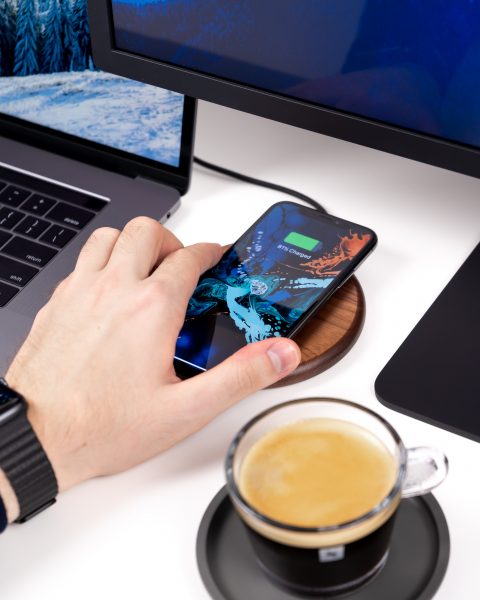
Of course, using your phone is not an option for wireless charging, given that it’s so particular about placement. This makes it very inconvenient when you’re low on battery, want to charge, and yet still want to use your phone. While forcing you to put your phone down may be beneficial if you want to lessen your phone usage, it’s an inflexible option.
How to Check: Is My Phone Qi-Enabled?
Now, let’s get into the meat of things. Perhaps you were wondering if your phone is capable of wireless charging. Well, there are many ways you can tell if a phone is Qi-enabled.
Is My Phone Qi-Enabled: Do Glass Backs Indicate Wireless Charging?
If you’ve noticed, many flagship phones have come out with glass backs — and that’s not just because of style. Sure, it’s certainly stylish. However, glass backs serve a function for wireless charging.
You see, metal backs will limit your wireless charging capabilities. Sure, you can still wirelessly charge with a metal back. However, you’d have to accept that your phone will charge at a slower rate. That’s because metal hijacks power resulting in power loss. Your phone’s back itself will consume the transmitted power. That’s why a glass back is a good alternative to metal backs for Qi-enabled phones. It’s no surprise most flagship phones include glass backs. So, if you’re wondering if your phone is Qi-enabled, that’s one loose way of knowing. However, keep in mind that it isn’t a foolproof way of telling whether or not a phone can wirelessly charge.
Is My Phone Qi-Enabled: How to Really Know?
If you want to make sure your phone is Qi-enabled, you’d have to know if your phone has the specific antennas required. These antennas should exist inside the battery to gather the current from the wireless charger. However, not everyone is able to do this. So, a quick way to find out is if your device carries the Qi logo. If your device has it, then you’ll be able to charge wirelessly with the Qi standard.
You can also check from your manufacturer’s website if you’re still unsure. We’ll save you time on this one. Here’s a non-exhaustive list showing some popular phone models that are Qi-enabled:
| Apple iPhone | |
| 8 | SE 2020 |
| 8 Plus | 12 |
| X | 12 Mini |
| XR | 12 Pro |
| XS | 12 Pro Max |
| XS Max | 13 |
| 11 | 13 Mini |
| 11 Pro | 13 Pro |
| 11 Pro Max | 13 Pro Max |
| Samsung Galaxy | |
| S7 | Note 10+ 5G |
| S8 | Note 20 |
| S8+ | Note 20 Ultra |
| S9 | S20 |
| S10 | S20 Ultra |
| S10e | S21 |
| S10 Plus | S21 Ultra |
| S10 5G | S21+ |
| Note 8 | S22 |
| Note 9 | S22 Ultra |
| Note 10 | S22+ |
| Note 10+ | Plus some older devices |
| Huawei | |
| Mate 20 Pro | P40 Pro |
| P30 Pro | P40 Pro+ |
| Mate 30 Pro | 11 |
| Google Pixel | |
| 3 | 4 XL |
| 3 XL | 5 |
| 4 | 6 |
| OnePlus | |
| 8 Pro | |
| 9 | |
| 9 Pro |
How to Use Qi Charging?
After finding out if your phone is Qi-enabled, you might now be wondering how to use Qi charging. Questions such as “How do I turn on Qi charging?” or “How to turn off Qi charging?” may spring up. These are fair questions for anyone who never used anything Qi-enabled before. Fortunately, it’s a pretty simple process.

The first thing you need to do is to connect your Qi charger to a power source. Then, put the charging pad on a flat surface or somewhere recommended by the manufacturer. Lastly, just place your Qi-enabled device on the charging pad. If you’re charging a device with a screen (which you most likely are), make sure the display is facing up. Confirm that you placed your device aligned with the charging pad’s coils.
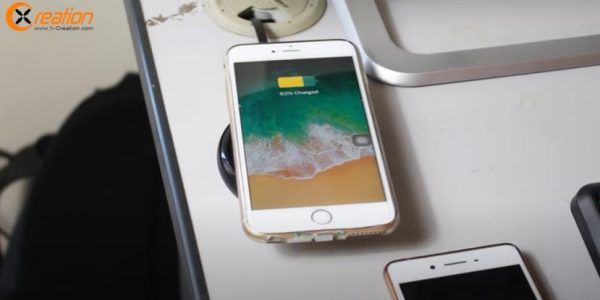
Charging pads will usually have markings on them that serve as a guide for how to place your device. If not, check your charging pad’s manual or the manufacturer’s website for specific instructions. Once set up, you’re good to go.
Common Qi Charging Problems
Since inductive charging requires precise locations for charging, your phone may run into some minor issues. For instance, charging your phone with a case may hinder the charging process. This is common when you’re using a thick case, metal case, or battery case. In this instance, it’s better to remove your phone case before you place it on the wireless charger.
Another common problem is when your phone vibrates when you get a call or notification. This can shift your phone’s position and may interrupt your phone’s charging. To ensure you won’t have a hitch while wireless charging, consider turning off your phone’s vibration or turning on Do Not Disturb.
Alternative to Qi Charging: Wireless Charging Adapters
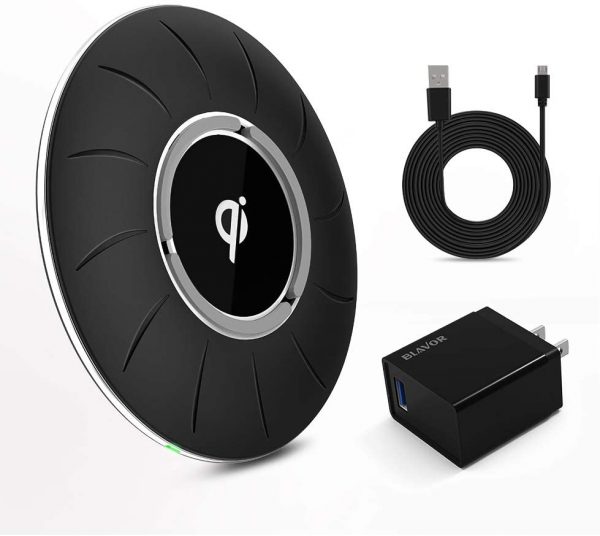
Alternatively, phones without Qi built-in can employ a wireless charging adapter to do the trick. This can be in the form of an internal or external adapter. For internal adapters, you can place them beneath your phone case most of the time. In contrast, an external adapter is as it sounds: placed externally on your phone, commonly in the form of a case.
With an internal adapter, you can plug it into your phone’s charging port and place the body at the back of your phone. You can then hide the adapter with a regular phone case. Don’t buy something too bulky, though, as it may interfere with wireless charging. It’s a great solution to get the benefit of wireless charging without a Qi-enabled phone. However, not all phones are compatible with adapters so you’ll have to do some digging.
Final Word
Charging is a lot more convenient with Qi wireless charging. However, there are a couple of downsides you have to live with. Still, if you want to push through with making the switch, it’s not that harmful, given that most phones still allow for wired charging even with wireless charging capabilities. However, with rumors about the iPhone getting rid of the charging port, there’s no telling what the future holds. Although, that’s a problem we should save for later.
